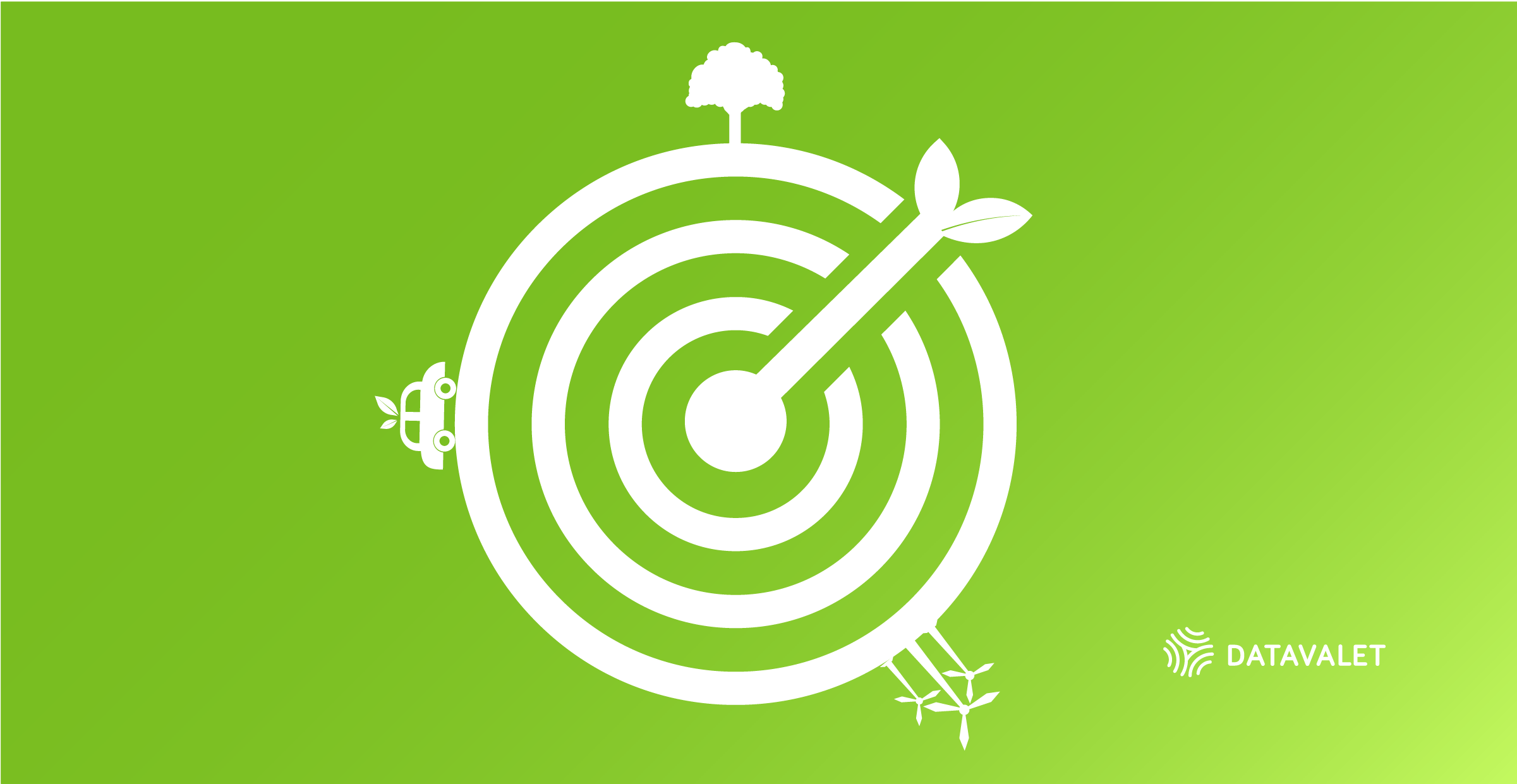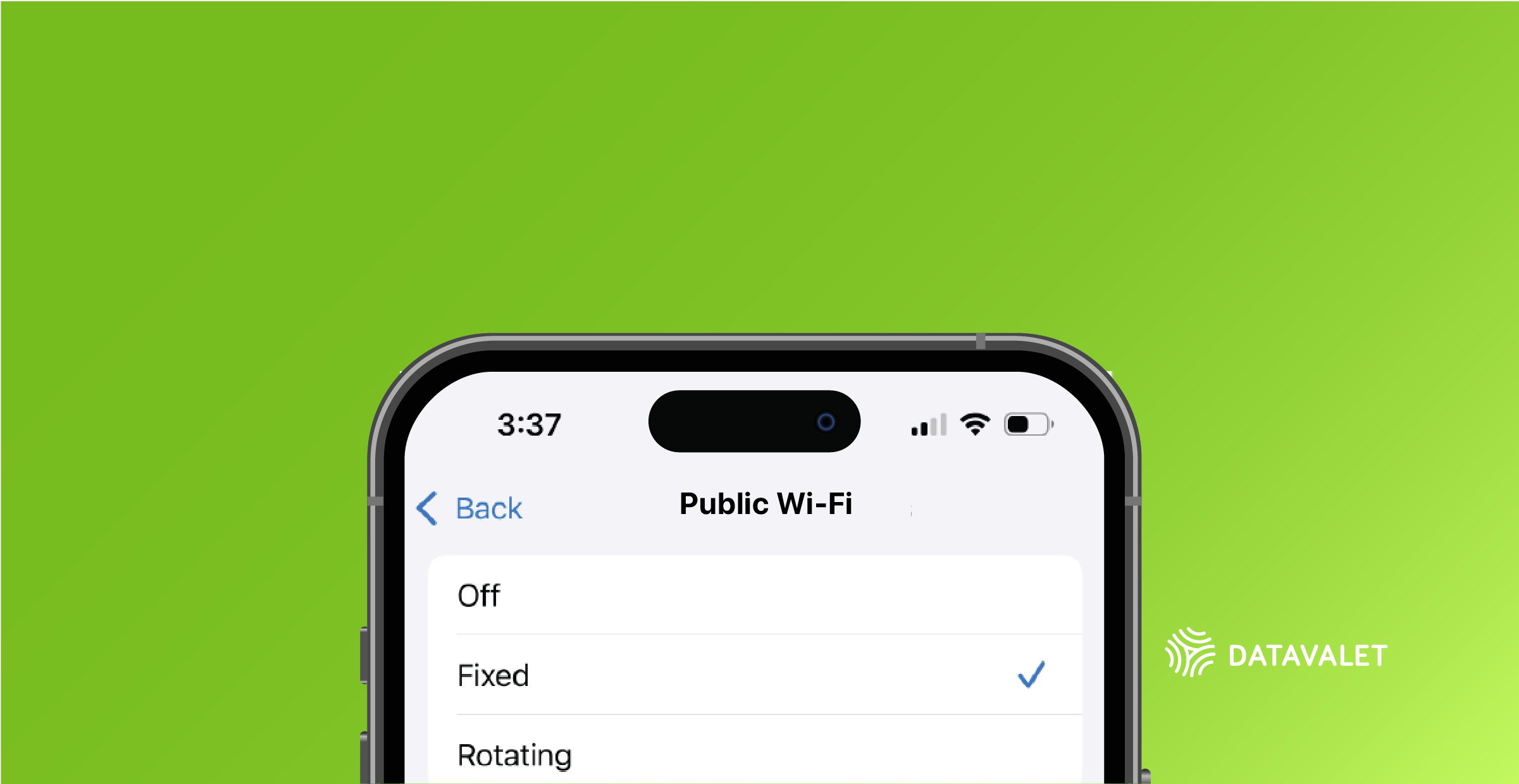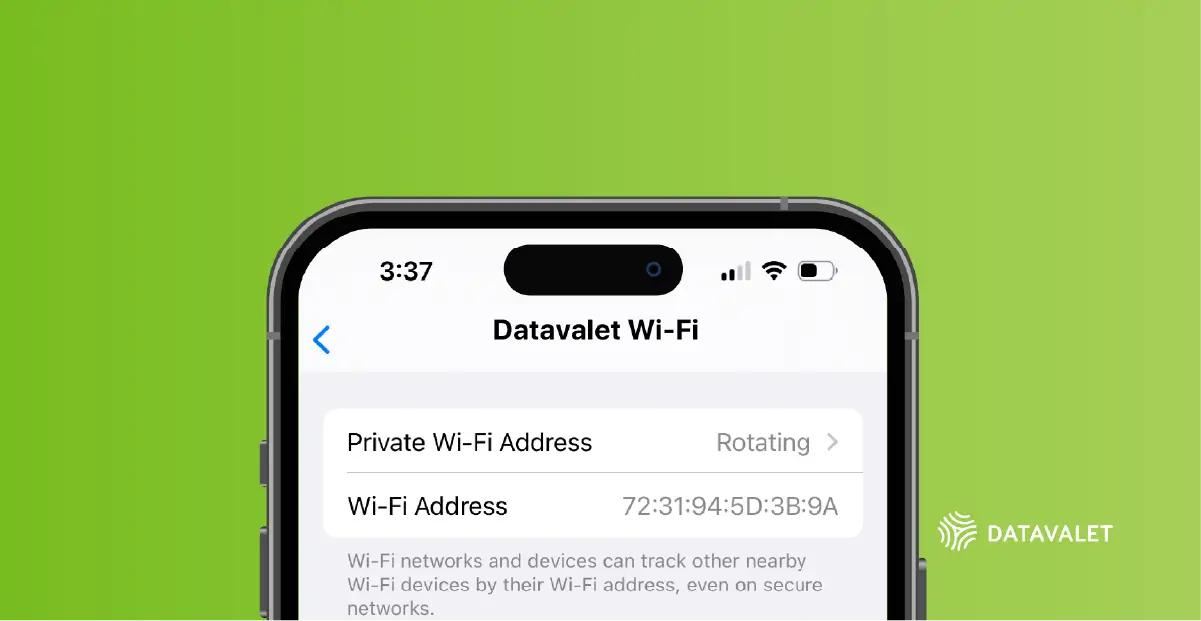Products
DV CONNECT
Fast, secure, and branded guest Wi-Fi experiences to your customers.
DV ENGAGE
Drive customer interaction using our Wi-Fi proximity marketing tools.
DV MAESTRO
Provide reliable, managed internet services for multi-dwelling units.
DV INFRAOPS
Optimize and monitor your network to ensure always-on performance.
Services
Network Management
Reliable, scalable connectivity solutions built to power modern enterprise networks.
Security & Access Control
Protect your infrastructure with access and security solutions.
Professional Services
Expert guidance to design, deploy, and enhance your network for peak performance.
Markets
Resources
Company

About Us
Learn about our story and our mission statement.

Sustainability
Find out more about our commitment to the environment.

News & Events
Lastest news, writings, press releases, and press resources.

Careers
We're always looking for talented people. Join our team!

Contact Us
Discover new technological trends about your industry.









